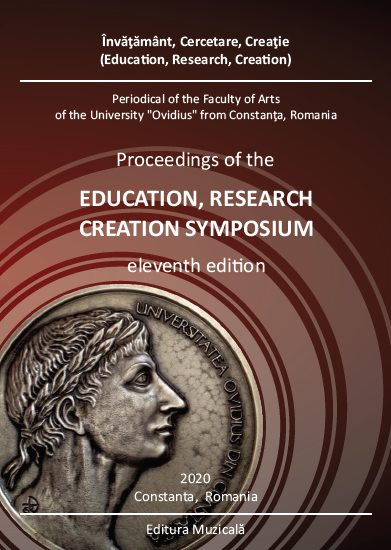Comparative morphological elements found in the Căluș, Călușari and Căiuți folk dances
Comparative morphological elements found in the Căluș, Călușari and Căiuți folk dances
Author(s): Delia Claudia Stoian-IrimieSubject(s): Fine Arts / Performing Arts
Published by: Editura Muzicală
Keywords: dance; folklore; syncretism; ritual; melody;
Summary/Abstract: The rituals of Călușari, Căluș and Căiuți are practiced in different areas of the country and at different times of the year: the Căluș in Muntenia, but mostly in Oltenia, is practiced during the holiday of the Descend of the Holy Spirit (Pentecost); the Călușar in Transylvania, especially in Hunedoara county, is a Christmas tradition, while the Căiuți in Moldova is a folk dance celebrating the New Year. The Călușari, Căluș and Căiuţi are complex, syncretic practices that exert their power through music, dance, costume, shouting, ritual objects, different rules, as well as certain interdictions. They are of great importance, as they symbolize the Latin origin of the Romanian people, their historical and cultural continuity. Melodically, the three dances are different, but similarity is present as well, from a morphological standpoint.
Journal: Învăţământ, Cercetare, Creaţie
- Issue Year: VI/2020
- Issue No: 1
- Page Range: 383-390
- Page Count: 8
- Language: English

